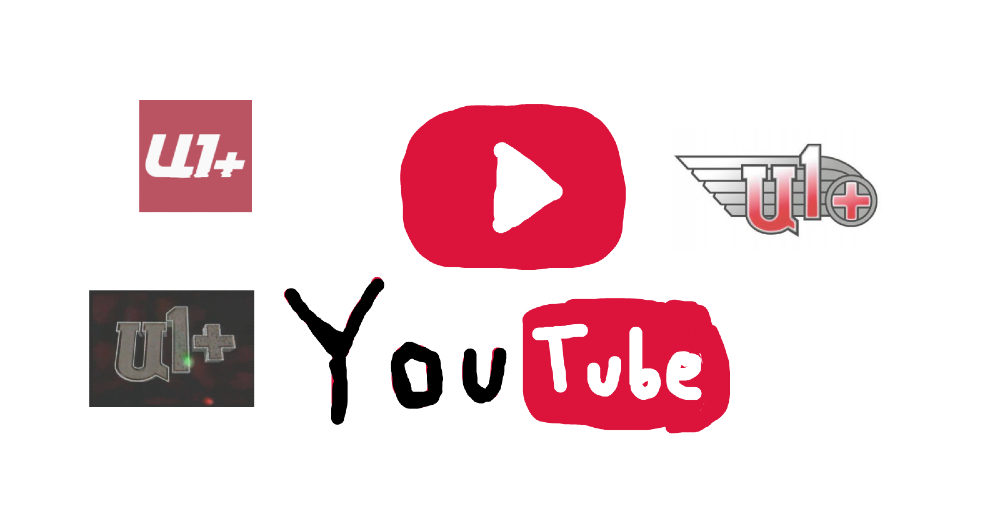A1+ has issued a statement to its partners demanding that they respect their copyrights when using exclusive footage from their archives.
The announcement says that it has been a long time since A1+ archive videos have been uploaded and used by various internet media, bloggers and online TV channels without their permission.
“Since 1991, the television company has recorded the most important events in the country, producing films about famous events and people.
A1+, adhering to the principles of impartial and pluralistic journalism, has captured all the events that, according to experts, government-run television companies were too afraid to cover.
These videos are the property of A1+, so it is forbidden by law to use them when creating your own product,” the statement reads.
A1+ President Mesrop Movsesyan told Media.am that the matter is mainly about the footage of the events of March 1, 2008.
They have appeared in various films without permission. Only Tigran Paskevichyan requested permission to use them in the film “The Lost Spring of Armenia.”
According to Mesrop Movsesyan, copyright infringement also raises another problem: They have problems with uploading their materials for other movies or materials to YouTube because they are already considered to be someone else’s.
“We have already said that in such cases we will write to YouTube without warning to block this material,” he said.
Movsesyan does not want to announce names because they are colleagues and he hopes they will understand and respect their work.
Movsesyan does not want to announce names because they are colleagues and he hopes they will understand and respect their work.
Lawyer David Asatryan says journalists in Armenia do not file a lawsuit for copyright infringement, “In any case, I have not heard that a journalist applies with that issue. Copyright disputes occur often, bloggers, columnists, writers, etc. apply.”
According to him, the videos are copyrighted and protected by the power of fact. That is, the rights of the publisher are upheld after the video is first published. In case of violation, the author can apply to the court demanding the elimination of the violation, compensation of damage and so on.
“There are all legal norms for the protection of human rights. Only time is a problem here: reasonable deadlines are not met. Sometimes it takes so long that people get tired. It is often difficult to justify the extent of the damage. In many cases, the videos are not for commercial purposes and it is difficult to say how much damage they can cause,” said the lawyer.
Anahit Danielyan







